香港人還需要街市嗎?|Are wet markets still at the heart of Hongkongers’ lives?
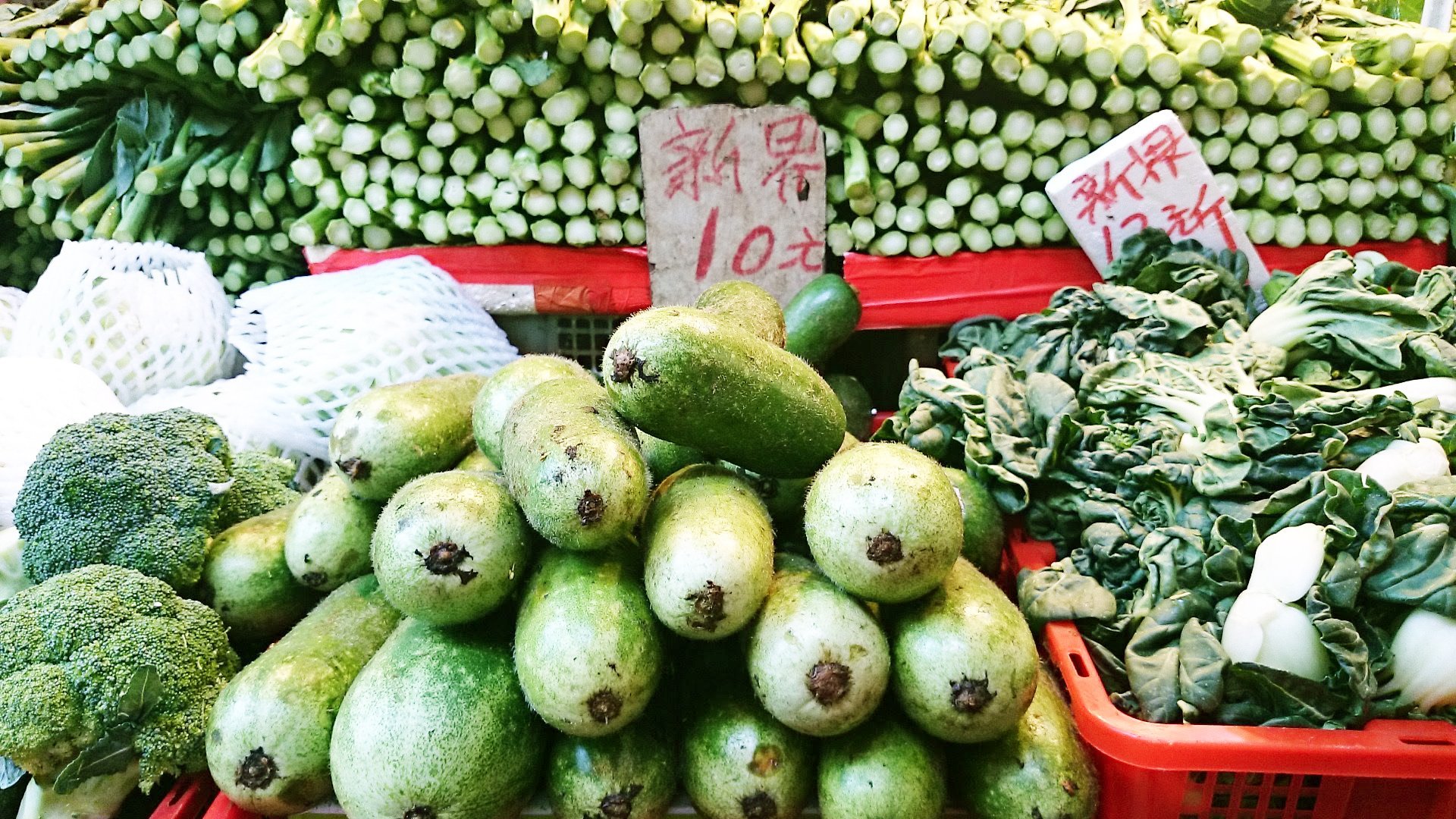
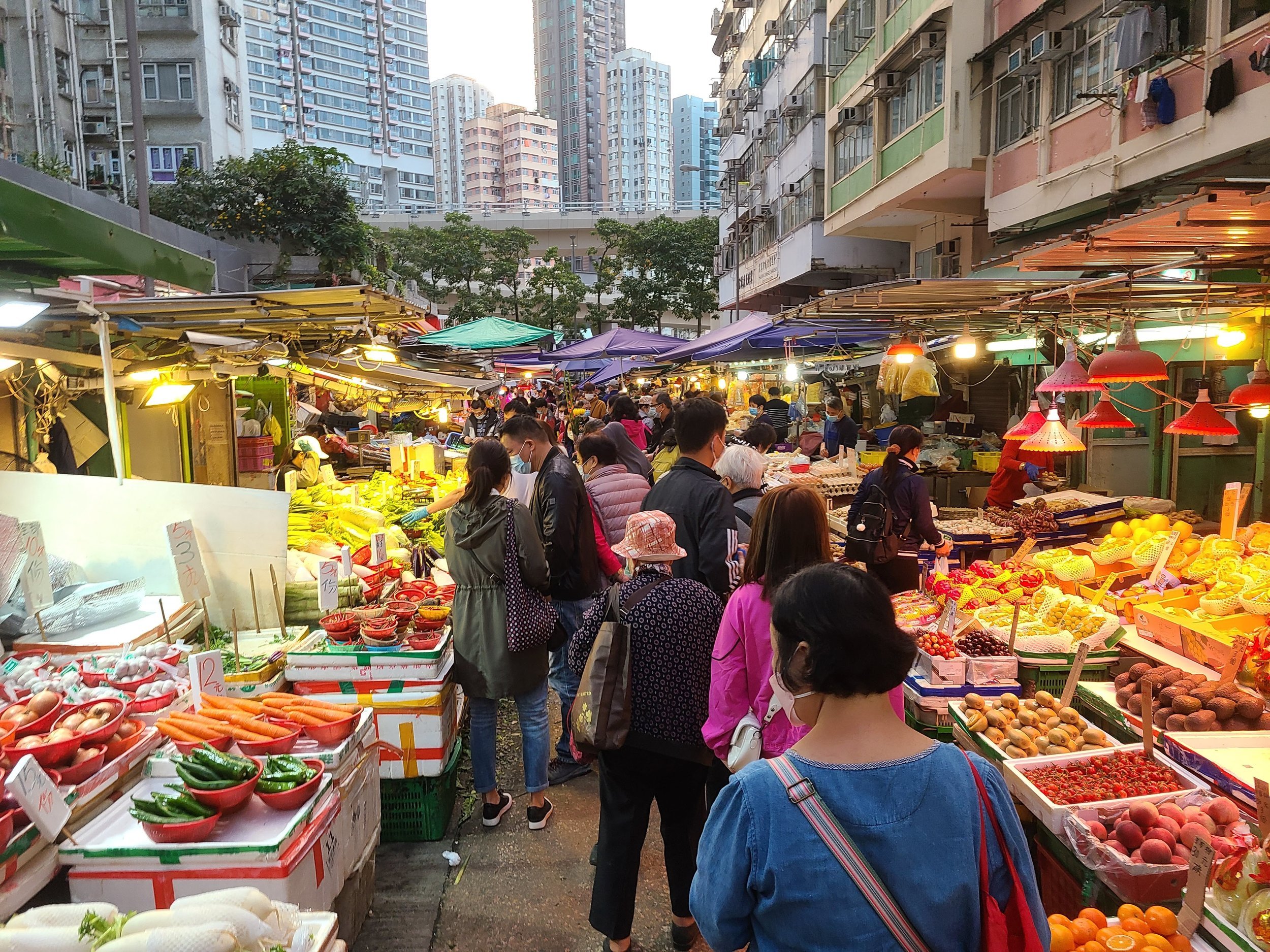
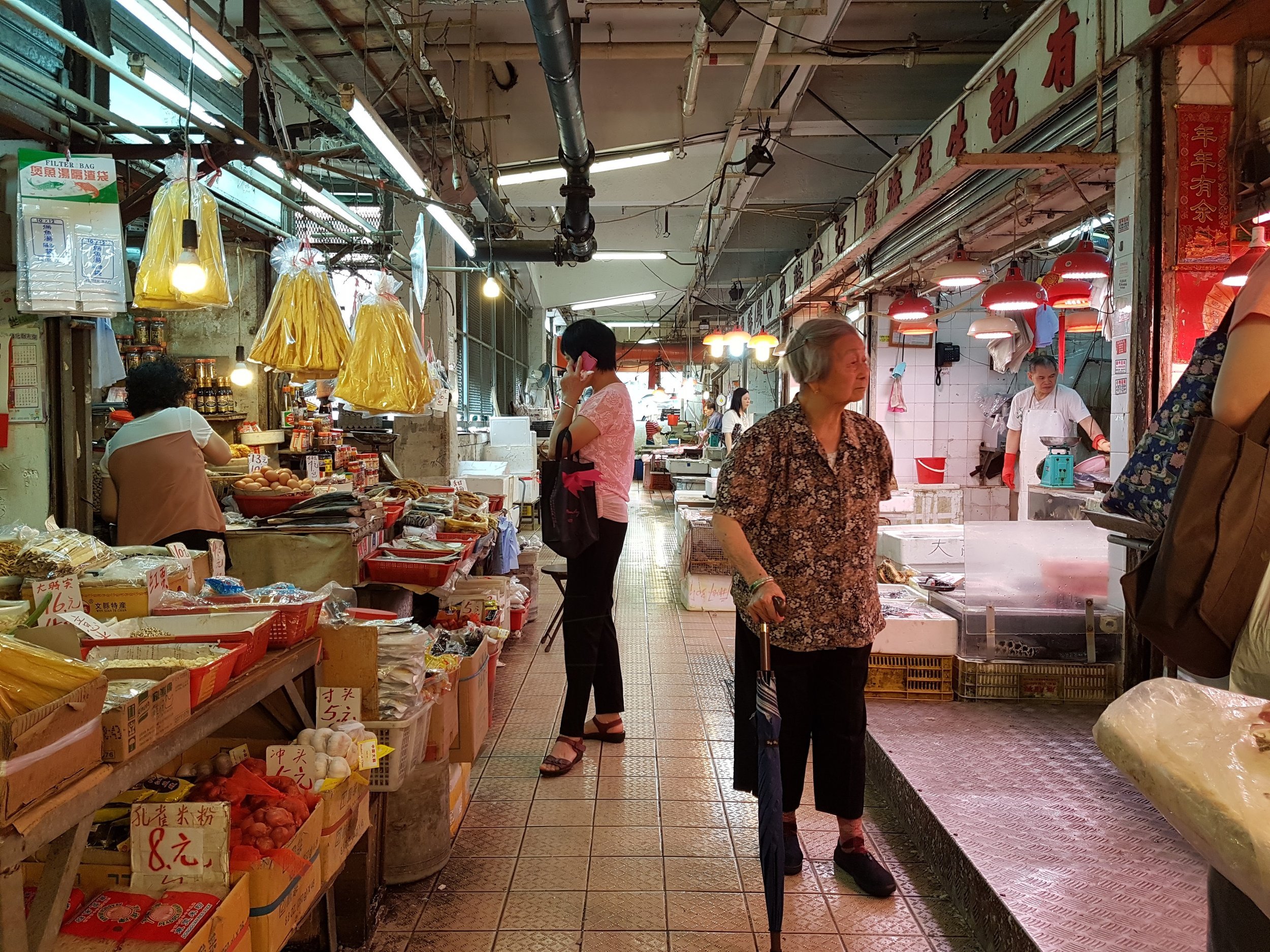
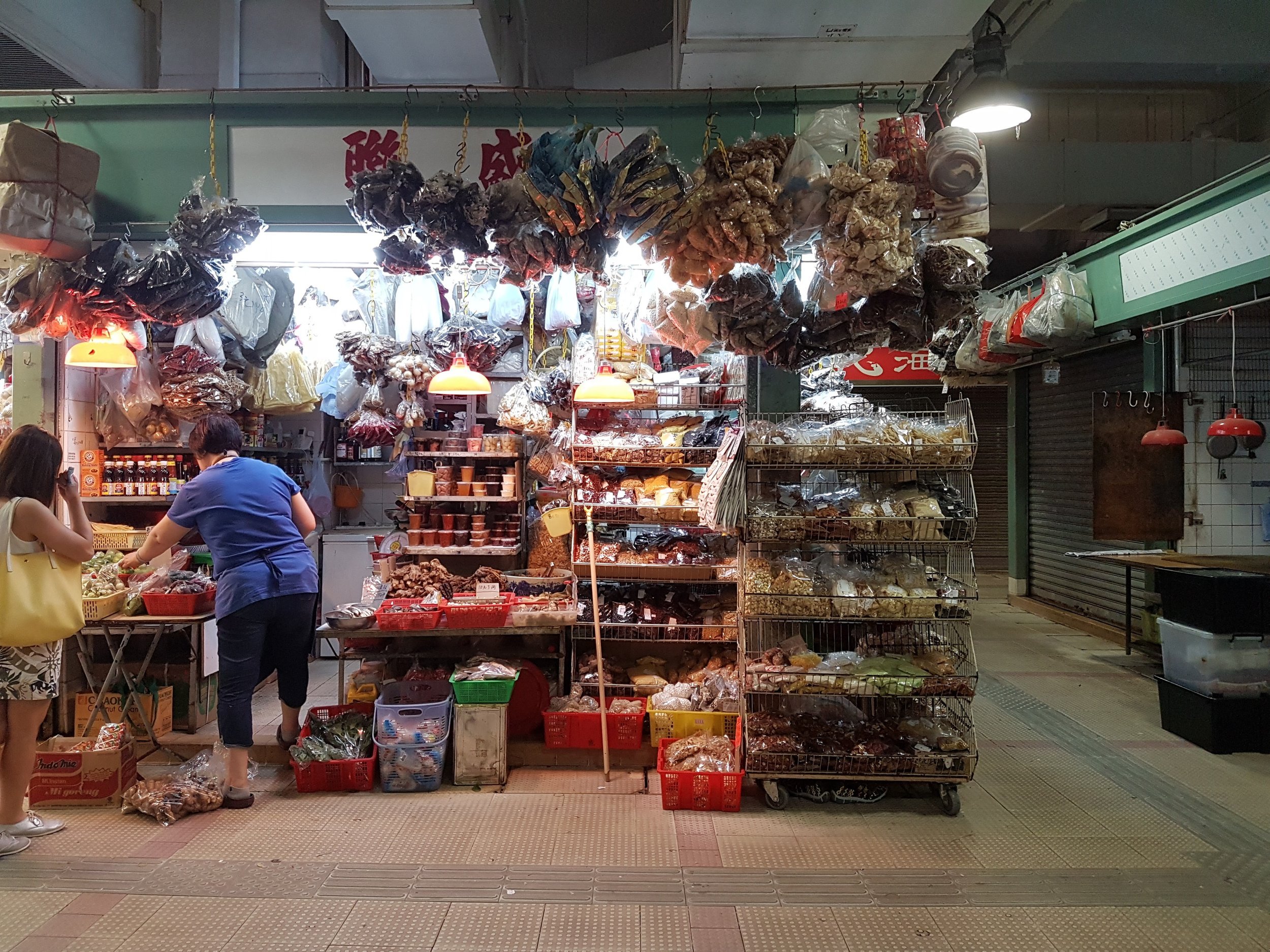
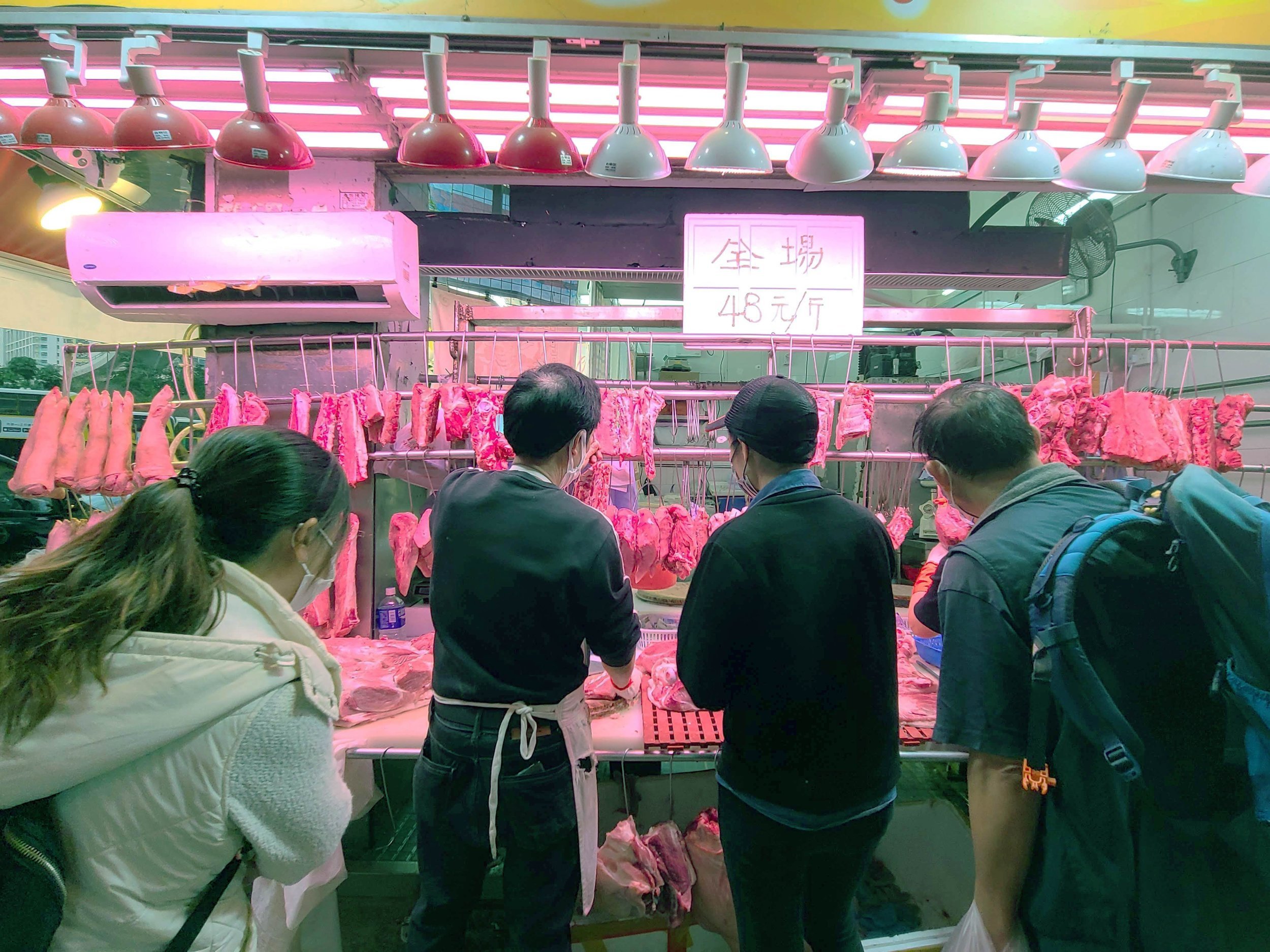
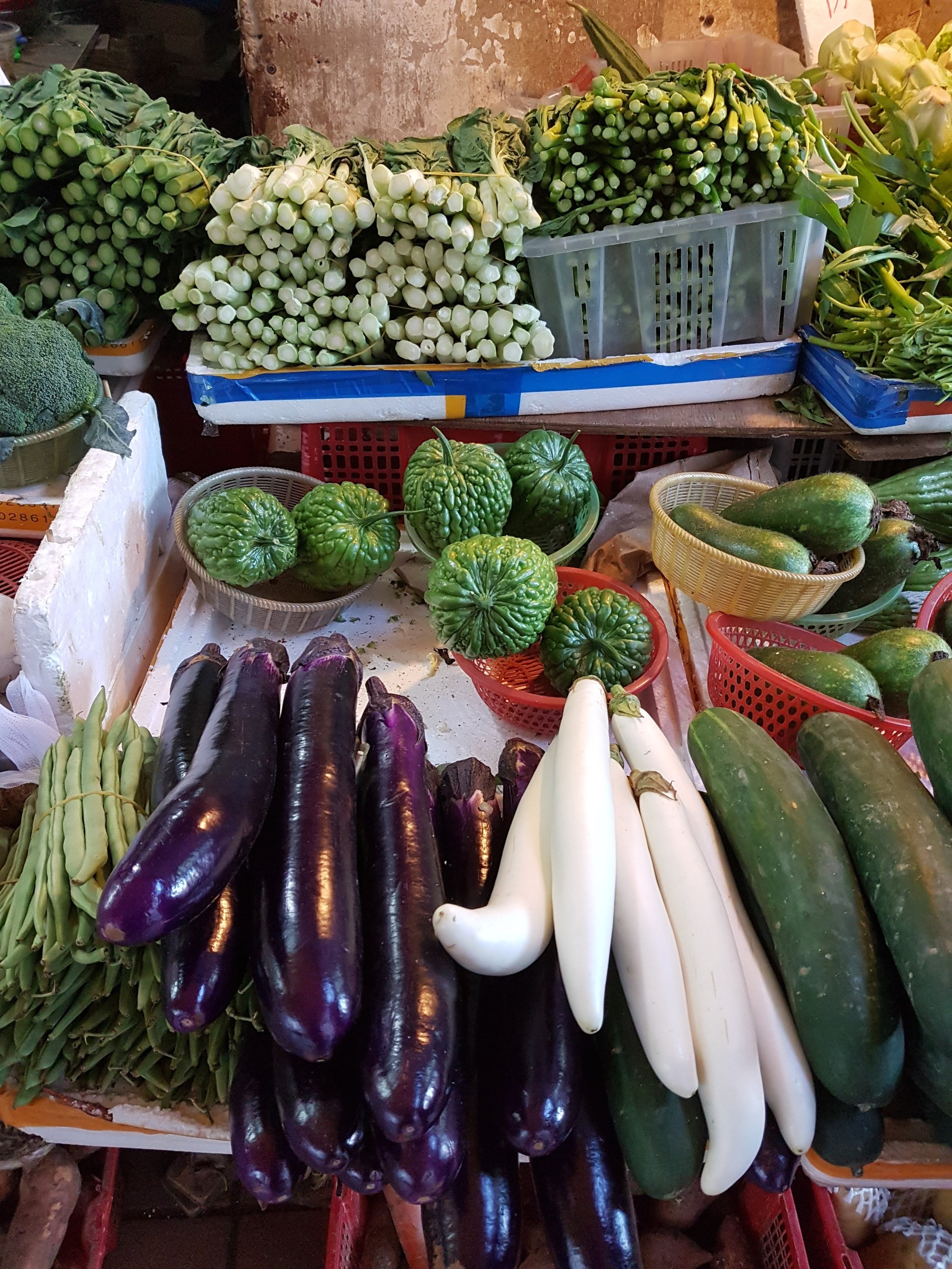
曾經,街市是香港年輕人成長的必經之路:當選擇離家自立,就必須鼓起勇氣踏入街市,靈巧像蛇般鑽進人群,由被呃秤的「水魚」,假以時日就升級為格價高手。然而今時不同往日,街巿愈來愈少人去,除了超市、網購盛行,香港人對街巿也有不少壞印象:公營的街巿又腥又臭、去私營街巿要捱貴餸。曾經緊貼時代、甚至當過亞洲第一大的街市,為何會走下坡呢?如果室內街巿令人卻步,街巿重返街道之上又是否可行?
今個月底是團年夜,趁大家密鑼緊鼓籌備食材時,吉人吉事將從街巿的規劃及設計入手,思考如何以人的生活需要為本,讓街巿重新成為本地人搜羅新鮮食材之地。
全港街巿共超過200個!
香港人買食材,大致可到4種場所:私營街巿、公共街巿、糧食店舖,以及超級巿場。
香港約有221座街市,大致分為3種:最常見的室內街市、市政大樓,還有歷史最悠久、但近年買少見少的露天街市。截至2019年,食環署轄下共有97個街巿,合共提供約14000個出租攤檔。售賣多類貨品,由新鮮糧食、熟食、衣物以至家庭用品。
香港的公眾街市過往由前市政局及區域市政局管理。2000年,前臨時市政局及臨時區域市政局解散後,食物環境衛生署便接管了管理公眾街市的職責,根據香港法例第 132 章《公眾衛生及市政條例》管理公眾街市。
建新街巿 考慮人口、零售店舖數目
究竟一個城巿,要有多少個街巿才足夠?過去,《香港規劃標準與準則》訂明每55至65戶家庭應設有一個公眾街市檔位,或每10 000人設有約40至45個檔位。2009年,政府為確保公共資源運用妥善修訂該標準,刪除以人口為參考基礎的公眾街市規劃準則,認為決定建新街巿與否,除了應考慮該區人口外,也應考慮人口組合、社區需要、附近公營及私營街市設施的供應、新鮮糧食零售店的數目,以及區內市民對於保留小販區的意願等。
數百年歷史 由墟巿演變而來
香港現存最長壽的露天街巿,是中環嘉咸街街巿,約有160年歷史。不過,它肯定不是香港最早出現的買餸地點。街巿,由墟巿演變而成,元朗鄉域的農業及墟巿,早在300多年前已有記載。當年的墟巿,當然是露天的,各家各戶在有人聚集的地方擺賣自家的剩餘產物。後來,因為公共衛生及街道管理的問題,巿集小販陸續遷進室內建築物。
街巿又濕又臭 食環做咗乜?
不過,雖然人口持續增長,但近年的街巿,尤其室內街巿,好像愈來愈少人光顧。除了因為巿面上出現不同的購買糧食渠道,例如超巿、網上購物站等,傳統街巿濕漉、腥臭等不良印象也令本地人卻步。翻看資料,食環署其實有定下4項公眾街巿的環境衛生標準,包括:每天徹底清洗公眾街市的公用地 方 3 次;至少每 4 個星期視察公眾街市的熟食檔一次;在各分區成立街市管理諮詢委 員會;至少每 8 個星期視察公眾街市內售賣限制出售食物的街市攤檔一次,有需要時, 增加視察次數至每兩個星期一次。
一半街巿逾30年歷史 設施老化
雖然食環署嘗試改善街巿衛生,但問題並不容易解決。事實上,香港有近半的公眾街巿超過30年歷史,部分更建於1980年代,設施陳舊,即使食環署願意提升街巿設備,亦存在很大的難度。以通風為例,由於部分街市沒冷氣設備,只能依靠抽風機系統運作,令室內溫度和濕度偏高,衍生食物安全和通道濕滑等問題;個別更年代久遠的公眾街市,甚至只依靠吊扇或掛牆扇作天然通風。
空置率高企 問題何在?
除了衛生問題,公共街巿近年也出現空置率高企的問題。街巿愈來愈少人去,空置率高不是很合理嗎?這倒未必,人口愈來愈多,買餸的需求只會有增無減,有民間團體發現,空置率或許與街巿管理不善有關,以致出現資源錯配的問題:有街巿檔位空置無人開檔,同時有檔販想租檔位但申請不到的情況。截至2020年底,全港共有超過1800個空置及凍結檔位,空置率達13.5%。不過,在2020年天水圍天幕街落成招租時,收到的檔位申請超額66倍。
地點:香港
圖片來源:Clara Chan
Are wet markets still at the heart of Hongkongers’ lives?
Going to markets was once a declaration of self-independence. For generations of Hongkongers, markets were bustling places where adolescents moving out of their homes learnt to take care of their everyday life and mastered the art of haggling for the best bargains. However, wet markets are losing their competitive edge to supermarket chains and online shopping platforms which offer convenient and comfortable shopping experiences. Stereotypical impressions of public markets being grimy and smelly, and private markets selling overpriced goods, further discourage people from stepping in. So, why did the once prosperous wet markets, touted as Asia’s finest, lose its popularity? If indoor markets are no longer attractive, would people patronise markets if they are moved back onto streets?
With Chinese New Year approaching, many households are busy shopping for grocery in preparation for celebrations with family and friends. Let us take this chance to rethink how the design and planning of markets can meet people’s needs, such that they remain indispensable for local communities to get their daily fresh produce.
More than 200 markets in Hong Kong!
There are 221 markets in Hong Kong, divided into 3 categories: the most common are indoor markets, followed by markets in municipal services buildings, and the most enduring yet fast-disappearing street markets. Until 2019, the Food and Environmental Hygiene Department (FEHD) supervised a total of 97 markets, which provided around 14,000 wet and dry stalls. These stalls offer a variety of necessities, including fresh foodstuffs, cooked food, clothes, and daily necessities.
The defunct Urban Council and Regional Council were responsible for managing public markets prior to 2000. After their disbandment, FEHD took over the role of supervising markets in accordance to Cap. 132 Public Health and Municipal Services Ordinance.
Population size and amenities determine the need for new markets
How do we judge if a city has enough markets? The old Hong Kong Planning Standards and Guidelines allocated one public market to every 55 to 65 households, or approximately 40 to 45 stalls for every 10,000 residents. In 2009, these guidelines were revised to improve resource allocation. Population size was no longer the only yardstick when it comes to planning new public markets. Factors like the actual needs of communities, demographic composition, provision of public and private market facilities in the neighbourhood, the number of fresh provision retail outlets in the vicinity, and the residents’ receptiveness to shopping at hawker stalls were also taken into consideration.
Few hundred years of history: From bazaars to markets
The 160-year-old Graham Street Market is the city’s oldest open-air wet market. Though the market is the last of its kind, it is certainly not the earliest bazaar found in Hong Kong. The origins of our markets could be traced back to over 300 years ago. For instance, in rural Yuen Long areas, households would hawk their surplus produce in public squares where people gathered. Later, because of hygiene and street management issues, hawking activities shifted into indoors premises.
Has FEHD done anything to tackle the slippery grounds and pungent smells in markets?
Despite the steady growth in population, markets, particular indoor ones, are on the decline. On top of emerging alternatives such as supermarkets and online grocery stores, the grimy and damp environment also turns people off. In fact, FEHD has introduced four measures to keep public markets clean, they include: thorough cleaning of public areas three times a day; inspect cooked food stalls no less than once every 4 weeks; setting up Market Management Consultative Committees in different districts; and inspect stalls for sale of prohibited foods every 8 weeks—or up to twice a week when necessary.
Over half of all markets are more than 30 years old, ageing facilities are inevitable
It is no easy task for FEHD to deal with hygiene problems in markets. As a number of public markets were built in the 1980s, over 50% of all markets have been operating for over three decades. Upgrading such facilities is a huge challenge to FEHD. Take ventilation system as an example: some markets are not fitted with air conditioners, and instead rely on ventilators to regulate indoors humidity and temperature. Some older markets even rely solely on wall-mounted or ceiling fans to naturally ventilate the space! Such inadequate facilities led to hotter and more humid market interiors which raises food safety and hygiene concerns.
Why the persistent high vacancy rate?
Apart from hygiene problems, the long-standing high vacancy rate is another concern affecting the future viability of markets. The drop in consumers is ironic as Hong Kong’s growing population should be creating greater demand for fresh food. A local organisation attributed this situation to poor management and the resulting failure to allocate resources correctly. For example, although several market stalls stand idle, many applicants failed to rent one! Until the end of 2020, there are more than 1800 vacant or stalls put on hold, leading to a vacancy rate of up to 13.5%. Attracting tenancy is obviously not a problem, as we see the case of Skylight Market at Tin Shui Wai. When FEHD started accepting applications for market stalls in 2020, it received excessive enthusiasm as available stalls were oversubscribed by 66 times.
Location: Hong Kong
Image: Clara Chan
你可能對以下吉人吉事有興趣:
You may also be interested in these GUTS Stories:
















